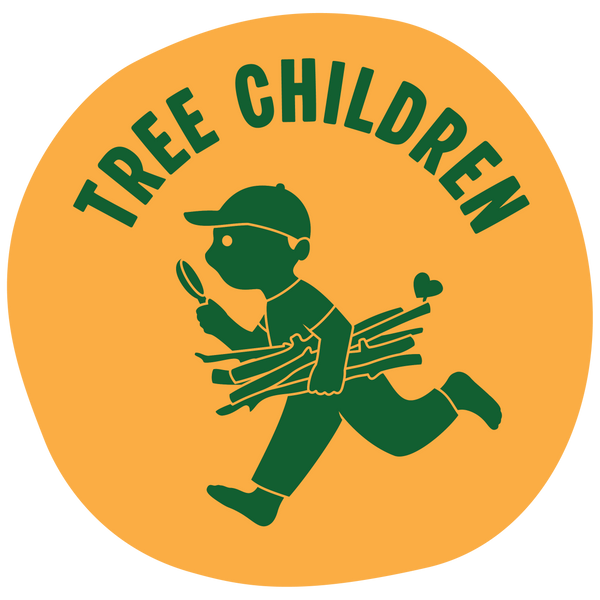Many people love autumn - maybe it’s the brilliant leaves, the crisp air, the cozy foods, or the harvest season. In the Southern Hemisphere, it has its own rhythm: Easter, the calm after summer holidays, and quiet reflection during ANZAC Day. I often wonder what makes this season so beloved - is it the color shift, the cooling air that stirs memories, or something deeper? As for me, I like autumn - but not as much as summer. I grew up where the heat lingers for months, and I’ve always been drawn to warmth. Now living in the South Island of one of the world’s southernmost countries, autumn means cold - beautiful, yes, but still cold.
That said, my growing love for tramping and time in nature, along with regular outdoor movement, has shifted my relationship with colder seasons. I’m now more adaptable—and more curious. New Zealand’s wild landscapes, where most native species are evergreen or semi-deciduous, make autumn adventures just as magical. Plus, it’s peak mushroom season - perfect for kids to explore the forest floor.
Over the past month, we explored new places and their distinct ecosystems. One highlight was our first time hiking the Mount Isobel Track near Hanmer Springs. After days of rain, the trail was damp and lined with wilding douglas firs and radiata pines. As we climbed, native bush took over - kanuka, manuka, and southern beeches. We spotted both native and exotic mushrooms, including the vivid (and toxic!) scarlet flycap (Amanita muscaria).


Over Easter, we visited grandma in Wellington and hiked the Eastbourne hills. The weather wasn’t ideal across the country (I’m sure many of you would agree), but we love rain hikes, so we didn’t let it stop us. After a bumpy ferry ride and a drizzly arrival in Days Bay, we set off from Kōwhai Street, winding uphill through kanuka, manuka, and silver ferns before entering a serene beech forest.




As we walked, I spotted an interesting looking kidney fern and collected red beech leaves for our next Tree Children box. Leo, feeling low-energy that day, started to drag his feet - until I invited him into a forest story game.
Me: “There are three tree brothers watching us. They’re happy you came and want to play a game!”
His face brightened up a bit: “What game?”
Me: “They want you to walk 50 steps and point to your right - and see what’s the first thing you see!”
He discovered a plant that looked like grass. We used our Aotearoa Species app - it was Kiekie! He lit up, and we each chose a long leaf as a gift.
The game continued,
Me: The trees saw what you’d found, and one of them said, "Look at that boy, he’s done well!" The second tree said, "Yes, he’s discovered something new in our forest!" The third tree, the mischievous one, said, "Hmm, let’s see how many challenges he can complete! Let’s keep testing him!"
Leo: "What’s the next one?"
Me: "Now, they want you to walk 200 steps, then turn west and see what you spot first."
He was eager and started walking faster, with both of us still holding the Kiekie. After 200 steps, he noticed another plant - this one was Hangehange, a native shrub with opposite leaves. The game lasted for a while, until we were nearly out of the beech forest and approaching the lookout.
At the edge of the beech forest, I spotted a young miro tree, growing among the bigger beech trees. It looked a bit out of place, but beautifully so. As someone who’s moved across countries and continents, and who adores both podocarps and beeches, I felt something stir. The quiet harmony of different species coexisting moved me deeply. Nature embraces diversity without effort - and teaches us to do the same.
I told Leo that miro is one of the 3 brothers that’s been watching him, and it’s time to say goodbye. To my surprise, although he’s not usually a sentimental boy, he stood there for quite a while, observing and touching the tree and asking questions. Then, in the end, he gave the young miro a big, heartfelt hug. I felt as if a flower quietly bloomed in my heart.
We ended the day with a joyful downhill run, ice cream, and a bus ride back to Wellington. Looking at the ocean on one side, and mountains on the other, I felt immense gratitude - a deep sense of being nurtured and loved. It’s through our connection with the land we walk on and live on that we learn by heart, that we sense and care, that we thrive.


As mentioned above:
APP: Aotearoa Species Classifier
Tracks: Mt Isobel Track (Canterbury), Butterfly Creek Track (Eastbourne, Lower Hutt)
Tips for parents while hiking:
-
Storytelling and games can be great ways to motivate kids when they’re feeling tired or demotivated.
-
When it comes to mushrooms, remember that some are edible, while others are toxic. Never touch or eat them without proper knowledge. Use a plant identification app or guidebook to learn more about their unique features.
---
Looking Ahead
Our Red Beech Box is arriving this week! It’s packed with even more ecosystem learning, fun crafting activities - and a delicious treat! Order yours now and experience the magic!
From now on, we’ll trial a new box release every two months to ensure the highest quality and the most fun for our little ones. The next box will be out in July.
As we march into winter, we can’t wait for the first snowfall and some winter tramping on snow-covered tracks. We hope you have a wonderful season too - see you in July!
With warmth,
Violet Fan
Founder, Tree Children

